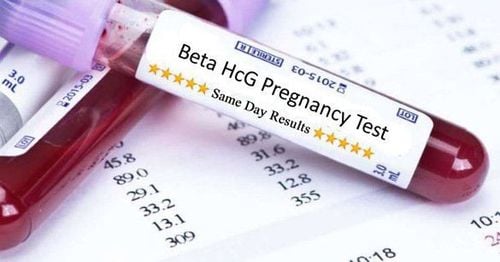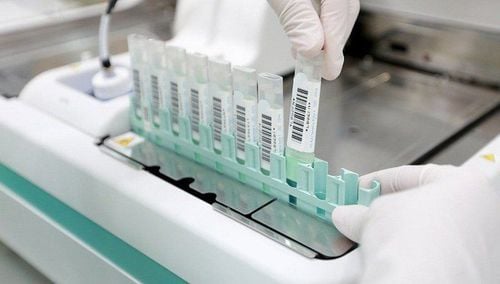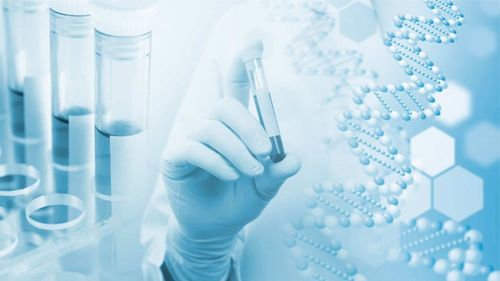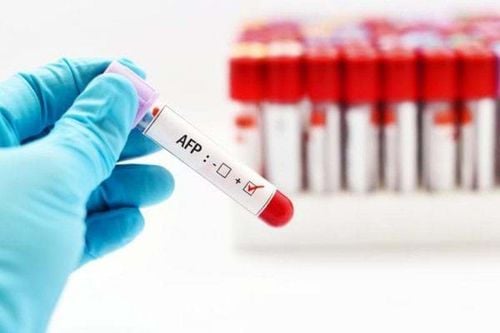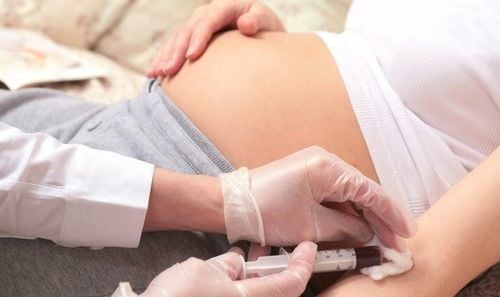This is an automatically translated article.
The article was written by Resident Doctor, Doctor Nguyen Thi Thuy Hang - Doctor of Microbiology, Laboratory Department - Vinmec Times City International HospitalFood poisoning caused by Clostridium botulinum is usually caused by eating foods that contain botulinum exotoxins produced by bacteria.
1. What is Clostridium botulinum?
Clostridium botulinum (bacteria causing botulism) belongs to the genus Clostridium, which are Gram-positive, anaerobic, spore-producing bacilli and secreting very strong toxins. Spore bacteria exist a lot in soil, air, sea water, seafood intestines, withstand boiling conditions of 1000C at 1 atm for several hours. Botulinum toxin is divided into 7 types A, B, C, D, E, F, G. Only exotoxins types A, B, C, D, E, F cause disease in humans. Bacteria that produce exotoxins when grown in anaerobic cultures or in foods under anaerobic conditions. The toxin production capacity is relatively fixed in types A and B, in other types, the toxin production is variable. The toxin of Clostridium botulinum is a protein in nature, with a high affinity for nerve tissue.
2. Foods that can be poisoned
Clostridium botulinum often grows in expired canned meat or improperly stored canned meat (hence the bacteria that cause illness are called botulism bacteria).

Poisoning cases around the world show that in addition to canned meat, all foods from vegetables, tubers, meat, seafood... are processed, manufactured, and packed tightly (eg canned food). , cans, cans, bottles, jars, bags, bags, packages) together with an unsafe internal storage environment will lead to spore-producing bacteria and botulinum exotoxins that cause botulism.
3. Ability to cause disease
When eating food contaminated with Clostridium botulinum toxin, botulinum toxin enters the gastrointestinal tract, the toxin is not destroyed by gastric acid and digestive enzymes, is absorbed mainly in the duodenum and jejunum into the bloodstream to The target organs are cholinergic synapses of the peripheral nervous system, parasympathetic nerve endings and autonomic ganglia, into the nerve cell interior. There is no specific information on the absorption, metabolism and elimination of the toxin. Mechanism of action: botulinum irreversibly binds to the presynaptic terminal node, cleaves important structural proteins on the asteroid membrane and vesicles containing acetylcholine, prevents the release of acetylcholine into the synaptic cleft, prevents the release of acetylcholine into the synaptic cleft. neurotransmission in motor, parasympathetic, and autonomic ganglia. Damaged synapses may require regrowth of axons and formation of new synapses. The central nervous system and sensation are not affected. The disease appears quickly 6 - 48 hours after eating contaminated food, most commonly 12-36 hours after eating, sometimes up to 6-8 days. Symptoms:
Abdominal pain, nausea, vomiting, then functional bowel paralysis, constipation Bilateral symmetrical paralysis, originating from the head, face, neck, spreading to the legs: drooping eyelids, double vision, blurred vision, pain throat, difficulty speaking, difficulty swallowing, hoarseness, dry mouth, paralysis of the muscles of the chest, abdomen and legs. Tendon reflexes are often reduced or absent. Degree of paralysis: from mild (fatigue, muscle fatigue similar to body weakness, unable to do normal strenuous movements) to severe paralysis (stagnation of sputum, poor cough, easy choking, respiratory failure) . Severe cases can be fatal.
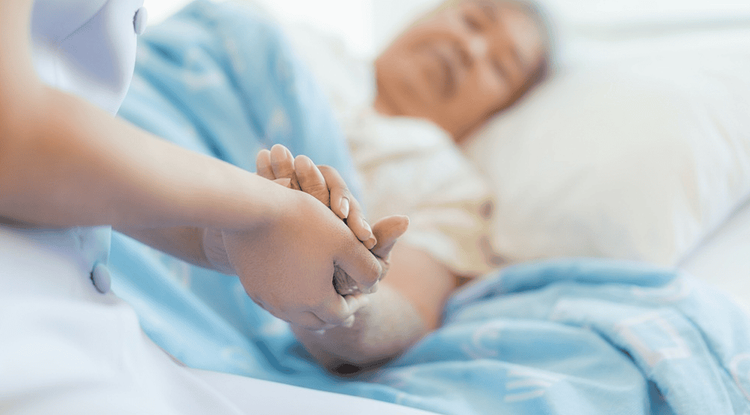
4. Diagnosis
Diagnosis of the disease is mainly based on clinical and epidemiological factors. Laboratory diagnosis is of little value. The laboratory can identify toxins by methods: mass spectrometry, neutralization reaction in mice or pulse electrophoresis on agar.
5. Prevention
Choose products of clear origin, with recognized quality and safety standards. Be wary of foods that are sealed, have a change in smell or color, or have an unusual taste. Foods should not be self-sealed and stored for extended periods in non-freezing conditions (only freezing temperature stops bacteria growth and does not produce toxins). Prioritize eating freshly prepared, freshly cooked foods. With fermented foods, packed or covered in the traditional way (such as pickles, bamboo shoots, pickled tomatoes...) it is necessary to ensure that they are sour and salty. When the food is not sour, it should not be eaten. Vinmec International General Hospital is one of the hospitals that not only ensures professional quality with a team of leading medical professionals, a system of modern equipment and technology. The hospital provides comprehensive and professional medical examination, consultation and treatment services, with a civilized, polite, safe and sterile medical examination and treatment space. Customers when choosing to perform tests here can be completely assured of the accuracy of test results.
Please dial HOTLINE for more information or register for an appointment HERE. Download MyVinmec app to make appointments faster and to manage your bookings easily.





